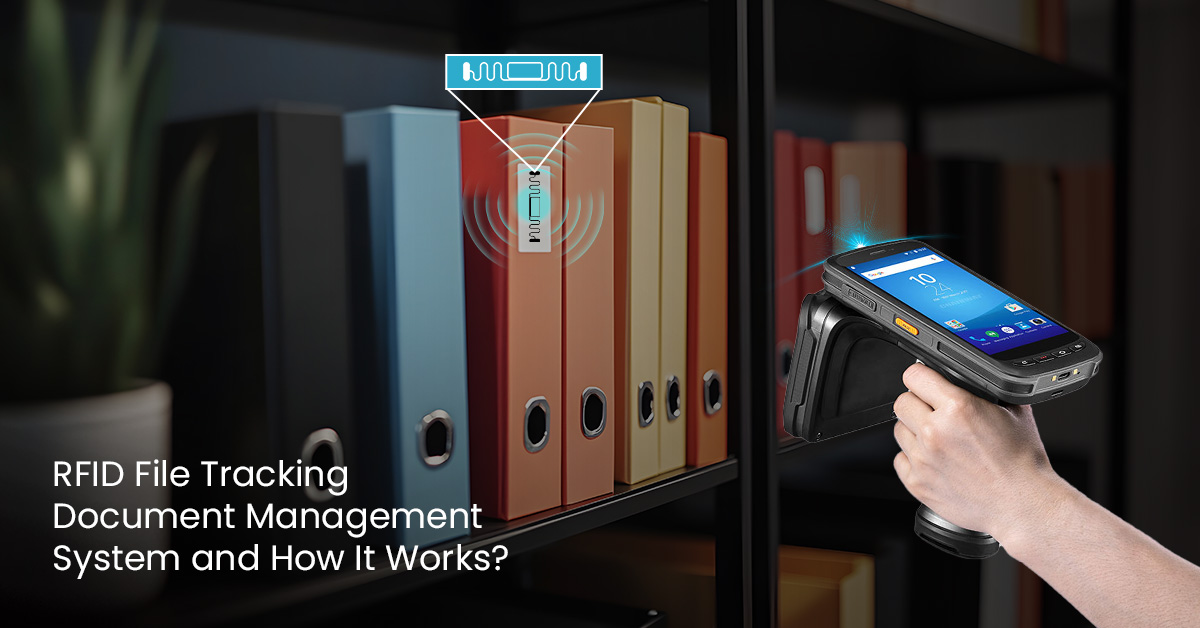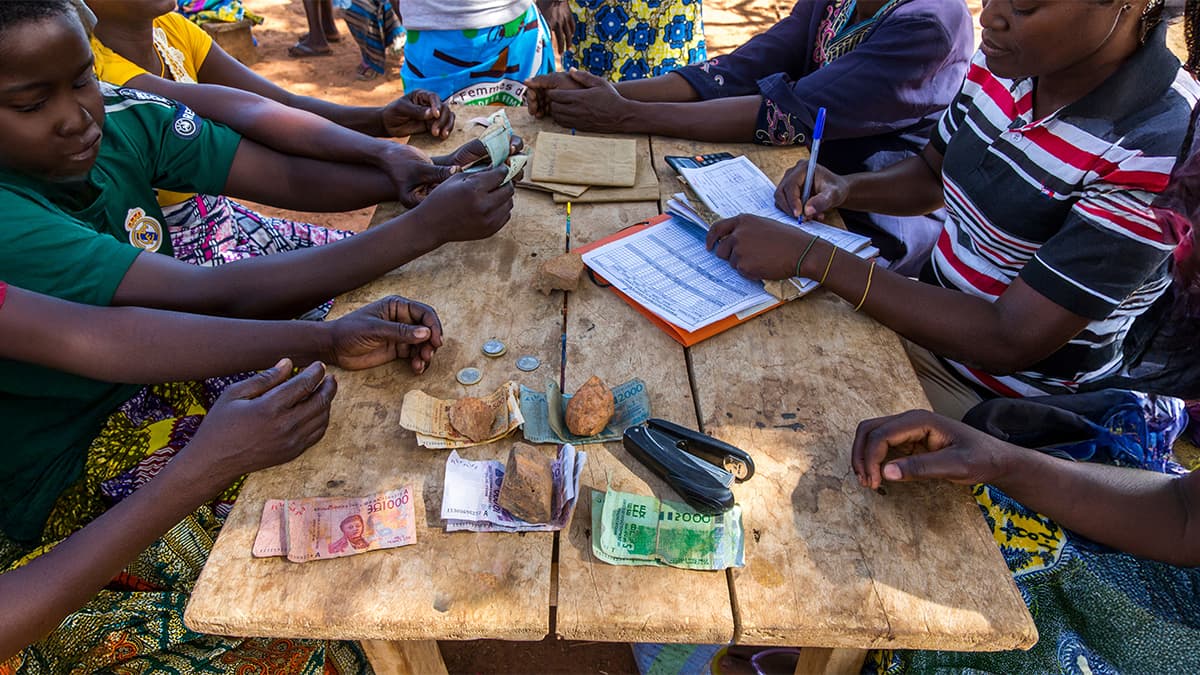Today, having a seamless school mapping system is no longer a choice. Nations and states within nations are finding it tough to equalize the lopsided opportunities in education. This problem is especially pronounced in undeveloped and developing countries where there are glaring disparities in availability of learning opportunities. Say, you find clusters of state-of-the-art educational institutions co-existing with habitations yet to be touched by a brick and mortar academic system. This scenario is mounting challenges on nations to inch closer to the United Nations’ Sustainable Development Goal (SDG) 4.0 which provides for quality education and promoting ‘lifelong learning opportunities for all’ by 2030. Nations have a lot of catching up to do as by 2030, an estimated 60 million children worldwide won’t have access to primary education.

What School Mapping promises?
Getting kids enrolled in schools isn’t enough. We have to be mindful of the basic infrastructure and amenities that the institution offers. And, of course, the quality of pedagogy. These factors will equip authorities to rein in drop outs. Not just that, students will be assured of holistic learning in a balanced academic ecosystem. An ICT and GIS based school mapping has the potential to identify gaps, appraise vulnerabilities and recommend responses for enhancing the quality of educational outcomes. Integrated school mapping is an essential tool capable of overcoming regional imbalances in the availability of educational facilities. By using spatial and demographic coordinates in conjunction, an integrated school mapping system can pinpoint the habitations that need schools and also the existing ones that need upgrade.
Aligning with The Larger Narrative of Universalizing Education
Let’s look at the Indian context. The country has some 1.2 million government and government aided schools tasked with universalization of elementary and secondary education. To help fulfil that overarching goal, the Indian government rolled out the Sarva Shiksha Abhiyaan (SSA) in 2000-01. This flagship education programme has been later subsumed under Samagra Shiksha Yojana. Projects like eShishu designed for smoothening SSA implementation are testimony to how technology can better education outcomes. Launched in 2005, the project leverages technology enabled Child Tracking System (CTS) to track every child in the age group of 6–14 on parameters like name, date of birth, educational and socio-economic status. The objective is to retain in-school children and bring back the school drop-outs. The system also collects data of pre-school children in the age bracket of 0-3 years- a feature that facilitates better planning of their future enrolment. Apart from CTS, our School Mapping System has two other components- School Infrastructure System and Teacher Information System. Beyond Ethiopia, we have implemented projects to ensure efficient implementation of SSA in India- the School Mapping System in Himachal Pradesh, Punjab e School and e Vidya Vahini in Jharkhand. The project leveraged Intelligent Character Recognition Technology to create a master database of all stakeholders in an astonishingly brief span of two months. In recognition of its peerless achievements, eShishu went on to bag the Prime Minister Award for excellence in Public Administration for the best e-governance practice for 2006-07. The project is a light house on how Robotic Process Automation (RPA) can be used for substituting mundane human interventions and deliver error free, efficient outcomes.
Our School Mapping Solution in Ethiopia
Backed by the World Bank, this project has helped Ethiopia, a sub-Saharan African nation to improve enrolment rate in secondary education and curb drop-out rates by using ICT-based solution.
CSM Technologies is the implementing partner for this project that taps multi-layered GIS mapping to ensure that construction of future schools factors in the demand and existing availability of schools, density of population and socio-economic situation of the area. The system was built to include the all the essential ingredients of the planning process.
One of the key factors was the inability for planners to have a spatial view of the various educational infrastructure already available in a specific area, including distribution and type of school, ownership, availability of basic infrastructure like power and toilets (including gender segregation) and demographics. By integrating an array of data points, the system has got rid of the shortcomings, leading to informed decision making on the future of learning.
Our School Mapping cum Micro Planning system has two key modules-
1. GIS Module
-
Identifies the geographical position of any school using Direction Map
-
Generates GIS Map based reports for identifying clusters, road connectivity, nearest power grids, monitoring of school performance, analysis trends, identification of gap areas and planning of new schools
-
Uses various layers to filter and identify areas of improvement and focus on areas that need schools in the future
2. MIS Module
- Provides necessary information needed to run the School Management System
- Output of the system is demonstrated as MIS reports to the management and citizens
- Records school infrastructure details like physical position of school to building, classrooms, availability of amenities like drinking water, playgrounds etc
Mapping every school and every region that needs a new school would be a Herculean ask. But with a connected mapping system, it is doable. Digital mapping in synergy with offline micro planning can catalyze result driven learning outcomes.


























































We will verify and publish your comment soon.